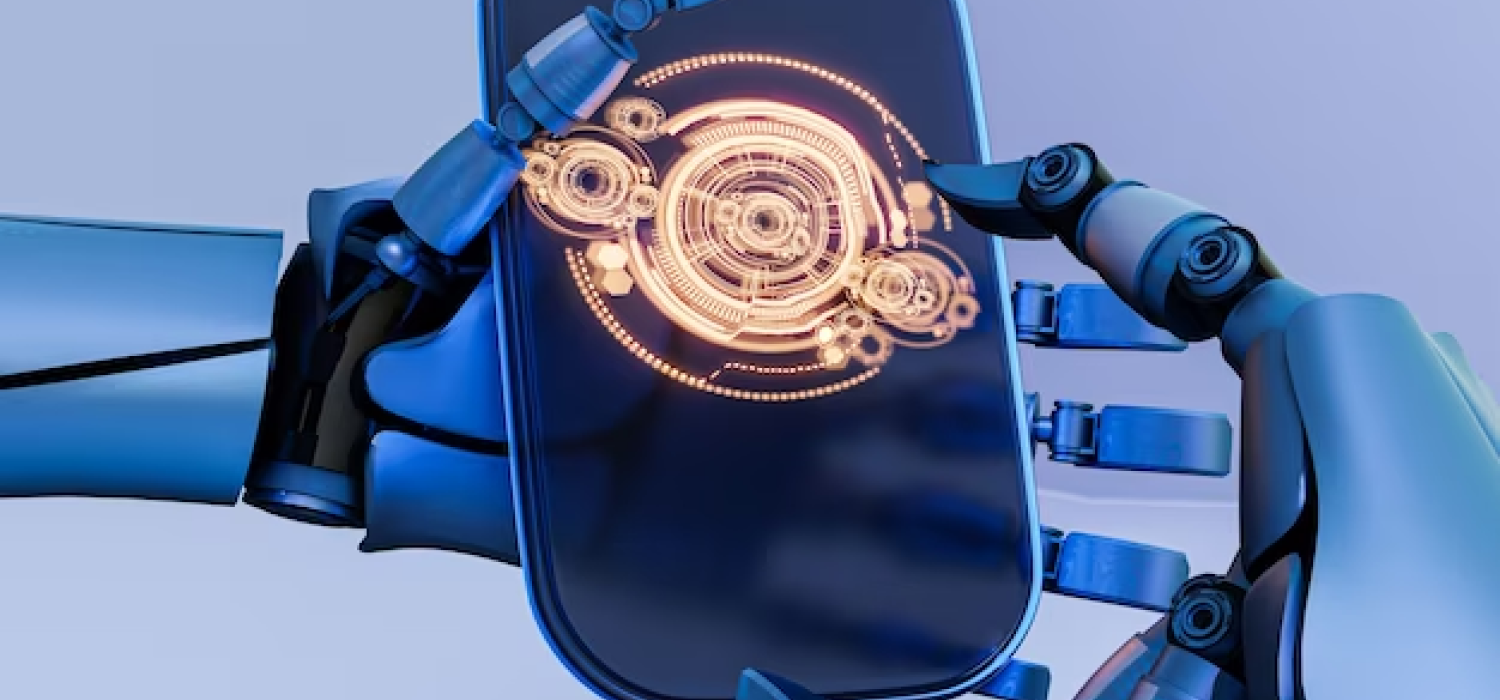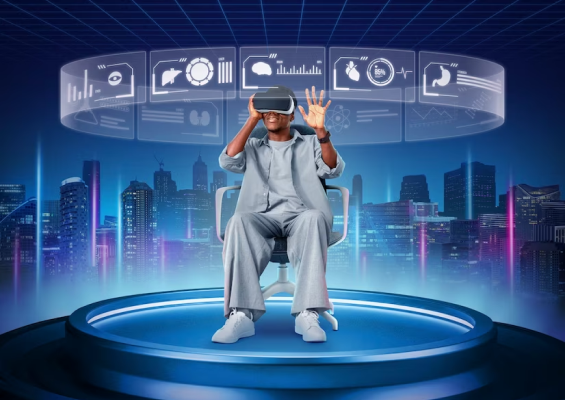
Robotics is the intersection of science, engineering and technology that produces machines, called robots, that replicate or substitute for human actions. Pop culture has always been fascinated with robots — examples include R2-D2, the Terminator and WALL-E. These over-exaggerated, humanoid concepts of robots usually seem like a caricature of the real thing. But are they more forward thinking than we realize? Robots are gaining intellectual and mechanical capabilities that don’t put the possibility of a R2-D2-like machine out of reach in the future.
As technology progresses, so too does the scope of what is considered robotics. In 2005, 90 percent of all robots could be found assembling cars in automotive factories. These robots consist mainly of mechanical arms tasked with welding or screwing on certain parts of a car.
Today, we’re seeing an evolved and expanded definition of robotics that includes the development, creation and use of bots that accomplish tasks like exploring the planet’s harshest conditions, assisting law enforcement, streamlining surgical procedures and undertaking rescue missions.


A robot is a programmable machine that can complete a task, while the term robotics describes the field of study focused on developing robots and automation. Each robot has a different level of autonomy. These levels range from human-controlled bots that carry out tasks to fully-autonomous bots that perform tasks without any external influences.